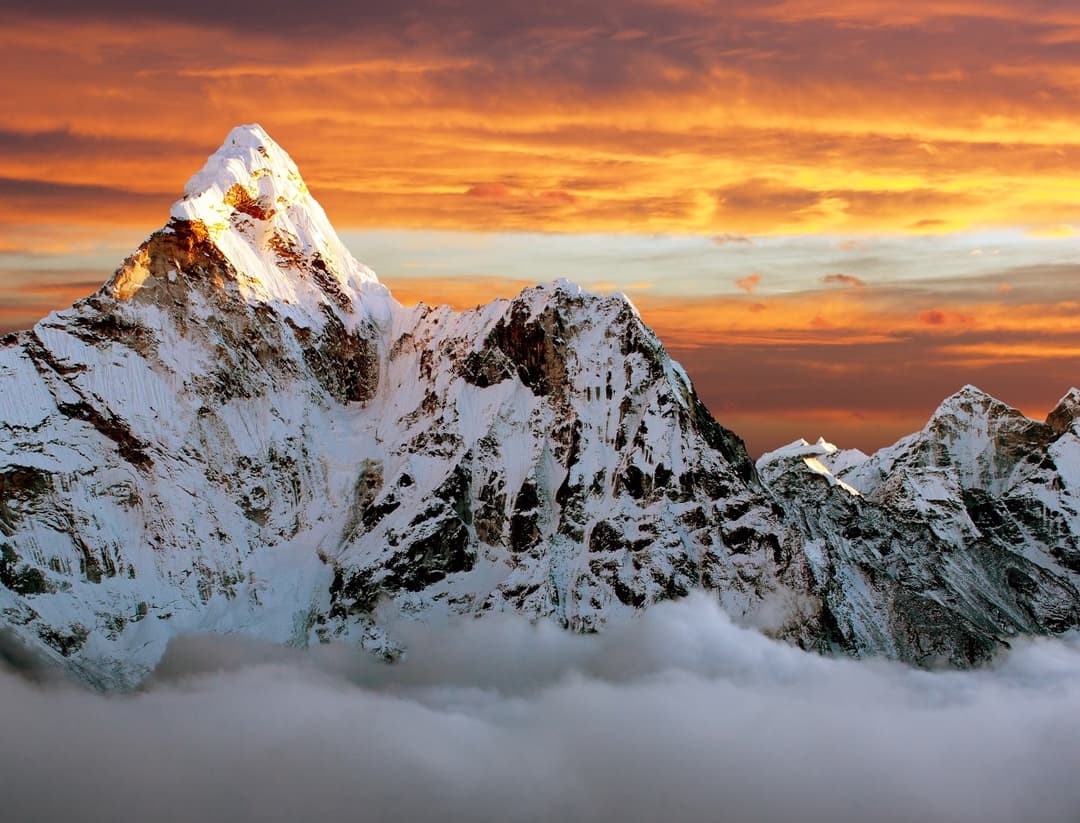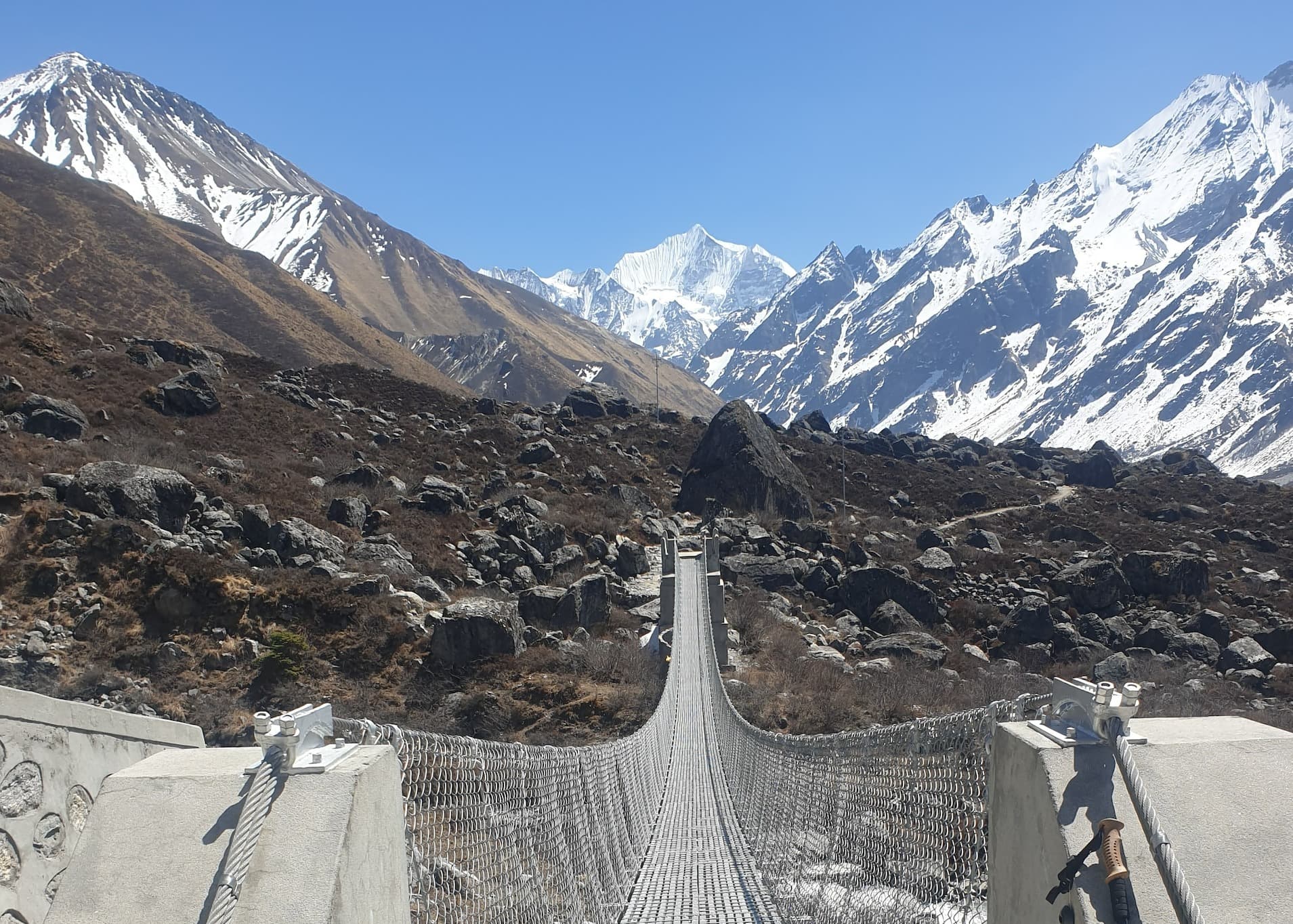The Himalayas, the highest mountain range in the world, is a beautiful and diverse region home to a huge variety of species. From the majestic snow leopard to the elusive red panda, these animals are at serious risk of disappearing forever due to climate change, deforestation, and other human-driven factors.
It's up to us now to protect these precious creatures and ensure that future generations can continue to appreciate their beauty. In this article, we'll explore 10 of the most endangered animals in the Himalayas and what we can do to help them.
We all can play an important role in preserving these unique species by using our voices to raise awareness and act. By educating ourselves on their plight and taking small steps in our own lives, we can make sure that these incredible animals don't become merely a distant memory but remain vibrant parts of our world for years to come.
Snow Leopards
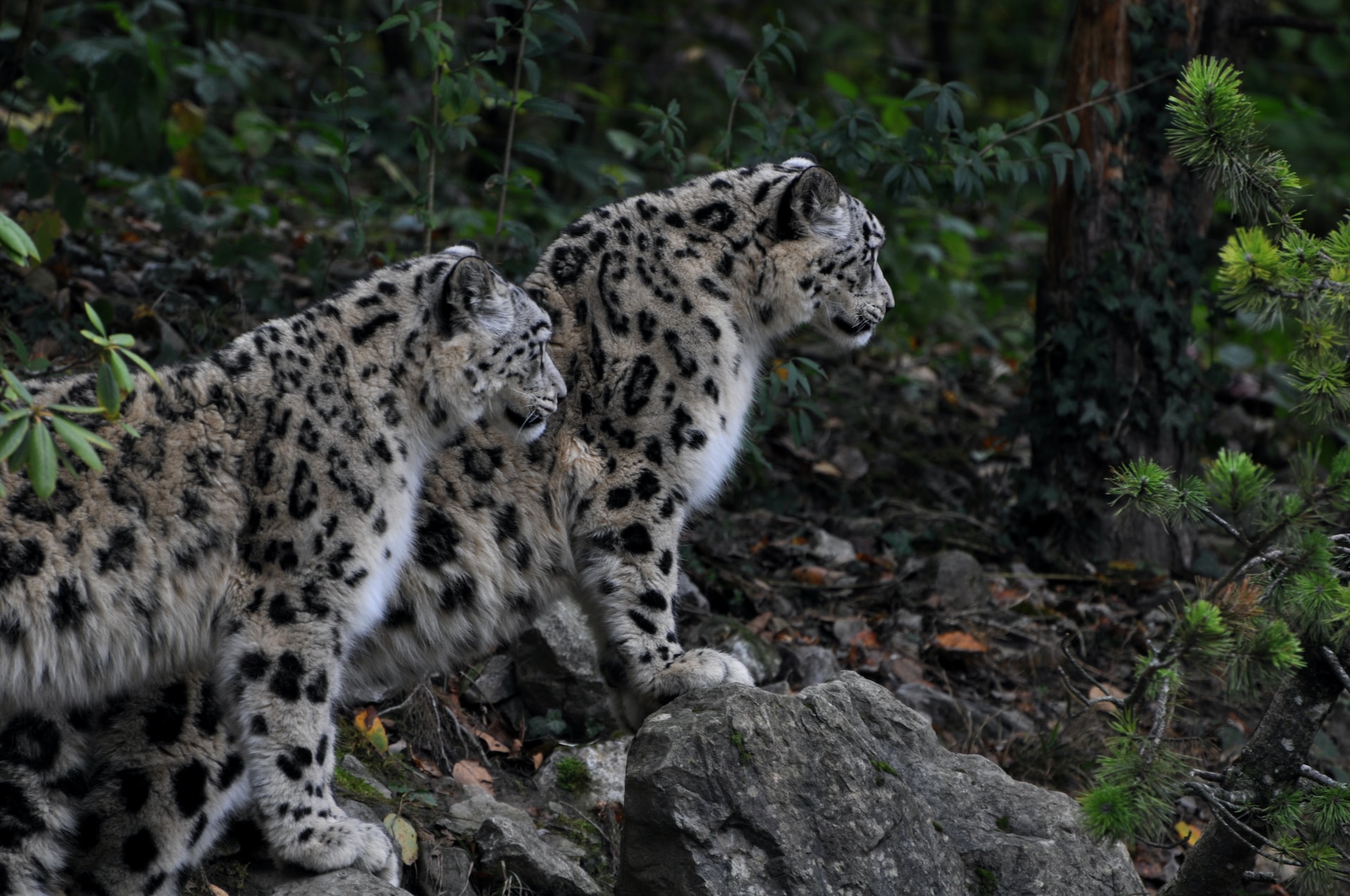
| Scientific Name | Panthera unicia |
| Height | 1.8 – 2.3m |
| Weight | 35-55kg |
| Cause of Extinction | effects of global warming and the interference of human activities |
| Estimated Number | 350-500 |
| Mainly Spotted in | Mustang, Mugu, Dolpa and Humla |
A symbol of the Himalayan mountains, snow leopards have been part of the landscape since time immemorial. Unfortunately, their numbers have seen a drastic decline in recent decades due to habitat loss, human conflict and poaching.
The snow leopard is primarily found in subalpine and alpine regions of the Himalayas and is listed as vulnerable on the IUCN Red List. Its population is estimated to be fewer than 10,000 mature individuals across the range countries of India, Nepal, Bhutan, Pakistan, Afghanistan and China. As such, it's important that we take steps to protect these stunning creatures from further decline.
Conservation efforts for snow leopards include protected areas and anti-poaching units, community-based programs to reduce conflicts between people and snow leopards as well as public awareness campaigns about their plight in order for us to act together in preserving this endangered species. It is mainly found in Everest Region of Nepal.
Red Pandas

| Scientific Name | Ailurus fulgens |
| Height | 50-63 cm |
| Weight | 6kg |
| Cause of Extinction | due to loss of habitat caused by Deforestation |
| Estimated Number | 1000 |
| Mainly Spotted in | Langtang National Park, Sagarmatha National Park, Kanchanjunga Conservation Area and Makalu Barun National Park of Nepal. |
Red pandas have been listed as "endangered" since 2016. In the Himalayas, these beautiful animals are a sight to behold. They live amongst the dense forests and bamboo groves of India, Nepal, Bhutan, Myanmar, and China.
Red pandas are unmistakable with their rusty red fur coats, white bellies and striped tails. These furry friends spend most of their time in trees—their sharp claws help them to climb up easily. They are shy animals, mostly active at night and during the early morning hours.
Sadly though, red pandas are under threat due to habitat loss from illegal logging, poaching for their fur and even getting snared in traps set for other animals. Thankfully there are a few organizations that are fighting to protect them such as the Red Panda Network and Free the Bears Fund.
You can find red panda in Langtang National Park, Sagarmatha National Park, Kanchanjunga Conservation Area and Makalu Barun National Park of Nepal. Let's make sure these gentle creatures of the Himalayas don't disappear!
Tibetan Antelopes
| Scientific Name | Pantholops hodgsonii |
| Height | 74-83cm |
| Weight | 26-39kg |
| Cause of Extinction | due to loss of habitat caused by Deforestation |
| Mainly Spotted in | Annapurna Conservation Area, Shey Phoksundo National Park, and districts of Humla. |
The Tibetan Antelope is found mainly in the Chang Tang Wildlife Reserve in northern Tibet and is one of the world's most endangered animals. They know how to adapt to their environment, and prefer cold, arid, grasslands with plenty of vegetation and snow.
Unfortunately, they are not protected by the laws of Tibet or China, which has led to a dramatic decrease in population numbers. Furthermore, they are hunted for their wool—known as shahtoosh—which is seen as a status symbol among the wealthy and powerful.
Why They Are Endangered:
-Illegal hunting for wool
-Loss of habitat due to continuous settlement by nomadic communities and cultivation
-Over grazing by domestic livestock
-Pollution from mining activities leading to damage of vegetation cover
-Climate change leading to increased water scarcity
-Increased climatic variability resulting in reduced food supply
These poor animals are facing extinction if nothing is done soon! We must be sure to protect their habitat and put more laws into place, so we don't let them disappear forever.
Himalayan Musk Deer

| Scientific Name | Moschus leucogaster |
| Height | upto 1m |
| Weight | 11-18kg |
| Cause of Extinction | scent gland of the musk deer is used to make perfumes and oriental medicines. |
| Life Span | 12-15years |
| Mainly Spotted in | Sagarmatha National Park, Langtang National Park and Himalayan protected areas of Nepal |
The Himalayan Musk Deer—so precious and cute, you almost want to keep one as a pet. But this species is threatened by poaching for their musk, which makes them highly endangered.
Here's what you need to know about the Himalayan Musk Deer:
- They are small animals that can grow up to 1.5 feet tall and weigh up to 20 lbs.
- They are found at high altitudes in the Himalayas, usually between 8,000-14,000 feet above sea level.
- The males have distinctive fangs which can grow up to 3 inches long used during the mating season.
- They feed mainly on lichens and mosses and live in solitary conditions except during breeding season.
- They are hunted illegally for musk pods, which are used as an ingredient for perfume and traditional Chinese medicine.
- Conservation efforts have been successful in certain areas of the Himalayas where hunting is restricted or forbidden to help with population recovery.
- Their population has declined by almost 80% over the last two decades due to their habitat destruction and poaching for their musk pods which is why they are listed as vulnerable on the IUCN Red List of Threatened Species
We must act now to protect this species from further decline—or these precious Himalayan Musk Deer may vanish from our planet forever!
Himalayan Gray Wolf
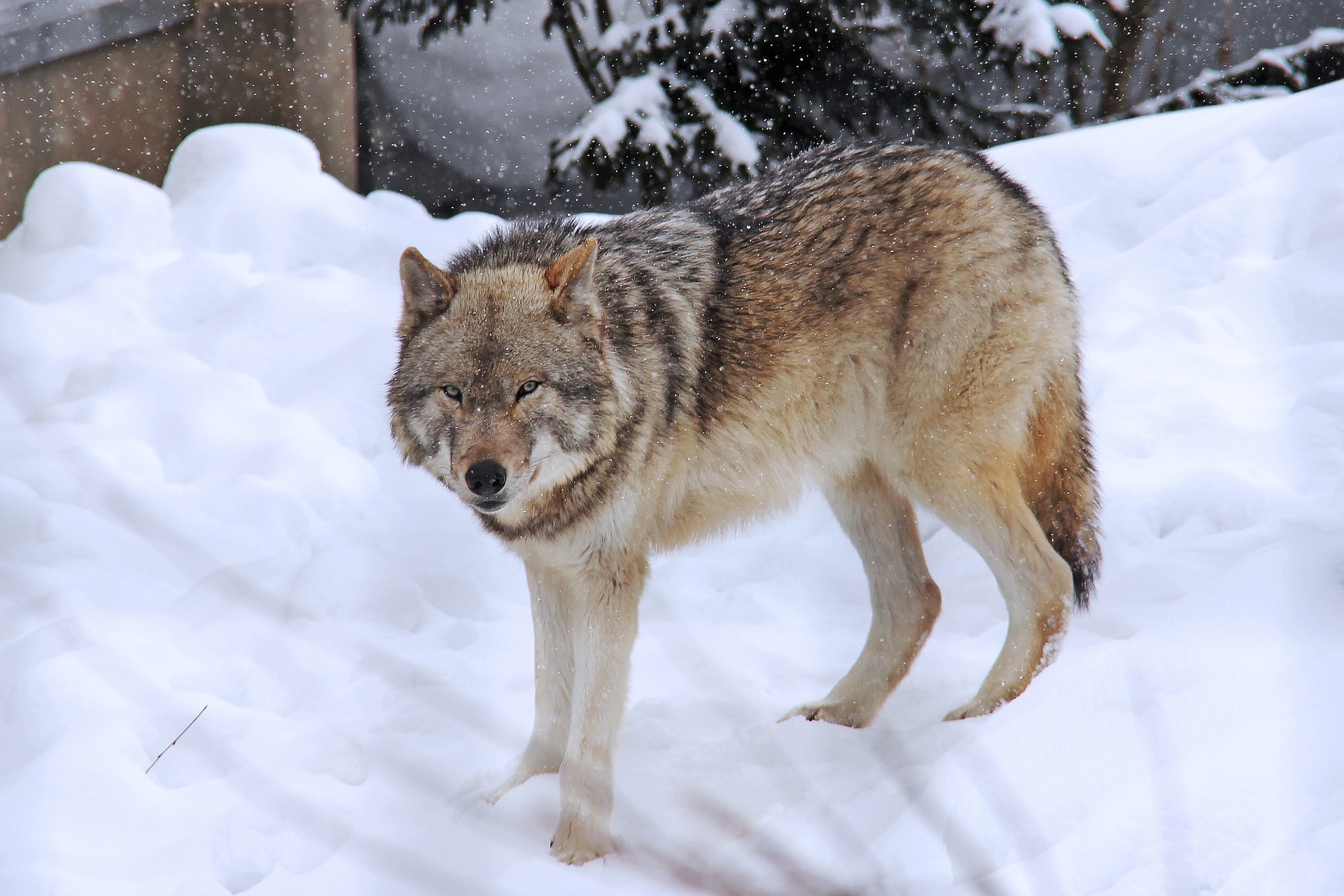
| Scientific Name | Canis lupus lupus |
| Height | upto 1m |
| Weight | 11-18kg |
| Cause of Extinction | grey fur fetches a good amount of money for hunters and poachers, and as they attack livestock, the locals also hunt them down |
| Estimated Number | 30-50 |
| Mainly Spotted in | Upper Mustang, Dolpa and Manaslu |
Coming in at number five on the list of endangered animals in the Himalayas is the Himalayan Gray Wolf, also known as the Tibetan wolf. This is a subspecies of gray wolf that inhabits the high alpine regions of Tibetan Plateau and Central Asia—and sadly, it's also an endangered species.
Why are they endangered?
- Habitat Loss: Human development has encroached into their natural habitats, reducing their already-limited space and resources.
- Prey Depletion: As the human population grows, competition for prey with local people intensifies, leading to a sharp decline in prey numbers and reduced food sources for these wolves.
- Hunting: Unfortunately, many local people tend to hunt these wolves out of fear or for sport—which only further exacerbates their decline in population numbers.
- Inbreeding: Isolation and lack of genetic diversity have caused poor reproductive rates amongst this subspecies, leading to extinction of some isolated populations over time.
These wolves require our help now more than ever if we are going to save them from joining other species on the list of extinct animals. We can start by raising awareness through campaigns and education, providing better protection mechanisms that include buffer barriers between humans and wolves, strict enforcement against poaching or hunting them out of fear, as well as reintroducing captive-bred wolves back into the wild populations to boost their genetic diversity and strengthen their numbers once again.
Himalayan Tahr

| Scientific Name | Hemitragus jemlahicus |
| Height | upto 5.5ft |
| Weight | 73kg |
| Cause of Extinction | hunting and habitat loss |
| Mainly Spotted in | Himalayan tahr at Dhorpatan Hunting Reserve and in Sagarmatha National Park |
You've probably heard of the Himalayan Tahr — it's an endangered mountain goat that lives in the Himalayas and grows to be up to 80 cm (31 inches) tall. Unfortunately, the population size of this beautiful animal has been decreasing in recent years due to habitat loss and poaching.
The Himalayan Tahr is an herbivore that mainly feeds on grasses, shrubs and lichens. It’s small enough to live on steep hillsides, usually at elevations of 2,400 - 4,000 meters (7,874 - 13,123 feet). These animals live in herds of up to twenty individuals and will move together when searching for food.
The biggest threat to the Himalayan Tahr is habitat loss due to mining activities and illegal logging. As these activities cause more damage, their habitats are fragmented and their food sources start to disappear. This species has also been heavily poached for its horns and pelt, particularly in Nepal.
We need to act now to save this species from extinction. Conservation efforts like creating protected areas for them can make a difference. We should also work on raising more awareness about the importance of preserving these animals’ habitats so that they can continue living in their natural environment free from poaching and other threats.
Himalayan Brown Bear

| Scientific Name | Ursus arctos |
| Height | 1.5 m to 1.7 m |
| Weight | 130 to 550 kg |
| Cause of Extinction | primarily hunted for their reddish-brown fur coats & habitat loss because of clearing forests |
| Estimated Number | 20 |
| Mainly Spotted in | Annapurna Conservation Area, Sagarmatha National Park, Manaslu Conservation area and mostly found in areas above tree line of Nepal |
The seventh animal on our list of endangered Himalayan creatures is the Asiatic black bear. This large mammal can reach up to 4.9 feet tall and weigh up to 675 pounds. Its colors vary greatly between individuals, anywhere from black brown to cream, but all feature the characteristic white crescent on its chest.
Habitat
The Asiatic black bear inhabits a wide range, from Afghanistan and Pakistan to Eastern Russia and parts of Northern India, though it is becoming increasingly rare throughout most of its range due to habitat loss and human persecution. The numbers of this species in the Himalayas have plummeted by up to 50% in some areas as a result of poaching for traditional medicine and revenge killings by local farmers for crop-raiding.
Diet
The Asiatic black bear's diet consists primarily of fruit, acorns, tubers and other vegetation. It is also known to occasionally feast on insects, small mammals, or fish if the opportunity arises. This unique diet gives it the ability to survive in a variety of environments — but with its rapidly shrinking habitat, this will soon become impossible if we don't act now!
Wild Yak
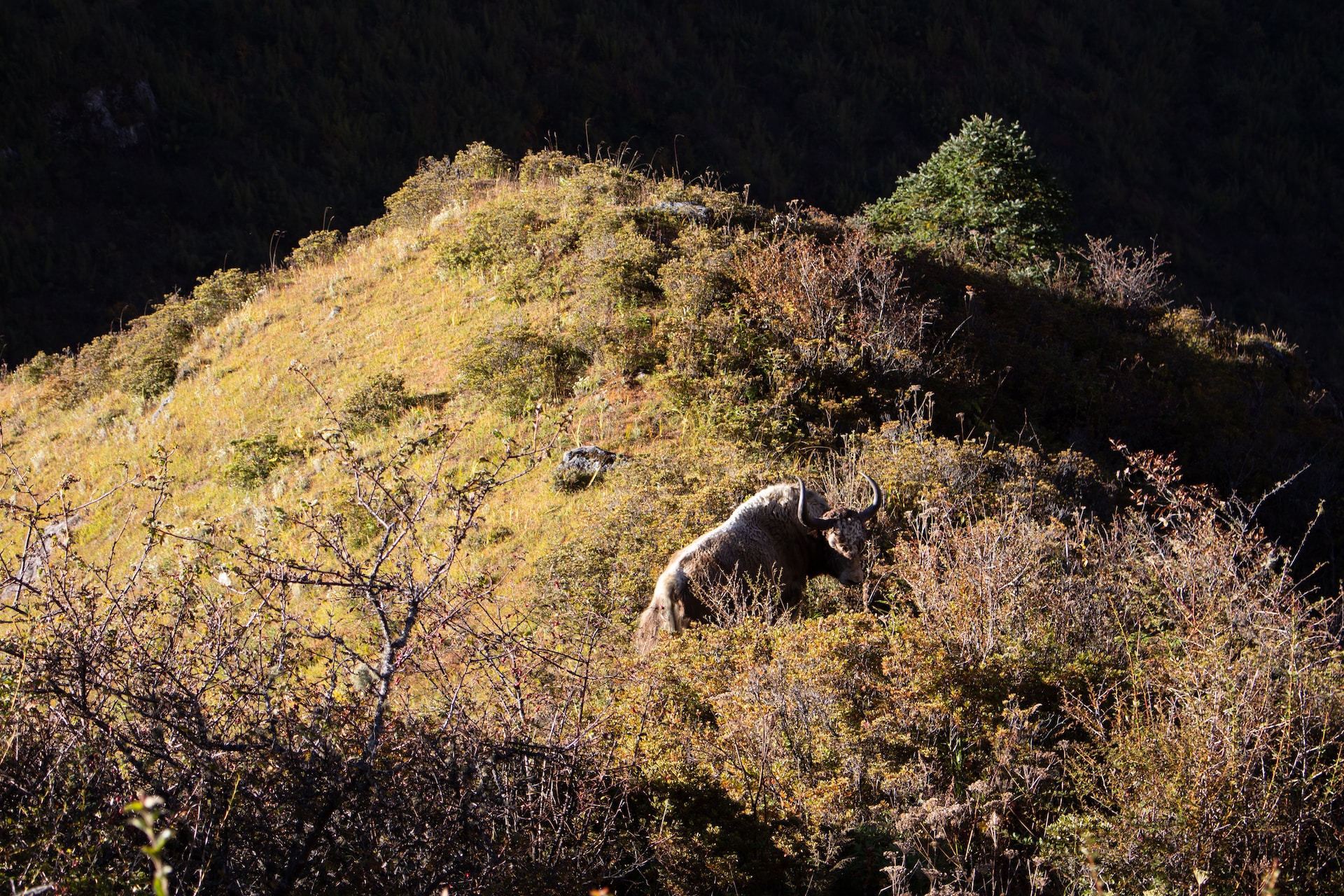
| Scientific Name | Bos mutus |
| Height | upto 2.2m |
| Weight | over 1000kg |
| Cause of Extinction | Wild Yaks face competition from domestic cattle for food; hence, their numbers are declining at present. |
| Estimated Number | upto 10 |
| Mainly Spotted in | Northern Nepal |
The eighth animal on this list that you should add to your endangered species watchlist is the wild yak. Wild yaks are native to the Himalayas and boast a thick, shaggy coat that helps them survive in the cold, harsh conditions of this mountainous region. They are an important part of these habitats—they provide food, fuel and clothing for many local people. With less than 10,000 wild yaks left in the world today, they are quickly heading towards extinction.
One of the main threats to wild yaks is habitat loss due to climate change and human activities such as logging and development. As temperatures rise and traditional grasslands turn into barren lands, yaks struggle to find food or shelter, pushing them closer to extinction. Additionally, poaching has also taken its toll on wild yak populations—their beautiful fur is highly sought after by poachers for its lucrative market value.
We must act now if we want our children’s children to get the chance to experience these amazing creatures in their natural habitats—and ensure that locals still have access to vital resources provided by wild yaks. Without protection from human activities and conservation efforts that focus on preserving their homes, this endangered species will soon vanish from our planet forever.
White-Bellied Musk Deer
| Scientific Name | Moschus chrysogaster |
| Height | 0.5 m to 0.6 m |
| Weight | 10-15kg |
| Cause of Extinction | traded in national and international markets due to pod and teeth. |
| Estimated Number | upto 10 |
| Mainly Spotted in | Northern Nepal |
Falling in at number nine on our list is the White-bellied Musk Deer (Moschus leucogaster). With its lyrical, melodious habit and its distinct white bellies and furry coats, this species of deer is a sight to behold! It can be found at high altitudes between 3,000 to 5,500 meters in the Himalayas.
The White-bellied Musk Deer is included on the IUCN Red List as an endangered species. This is due to many factors including:
- Hunting for its musk gland, which is used for traditional medicine.
- Loss of natural habitat due to deforestation and grazing of livestock
- Predator poaching - snow leopards are known to prey on these deer.
The Snow Leopard Trust has been leading conservation initiatives in Nepal, where the majority of these musk deer can be found. The focus has been on reducing poaching by strengthening local law enforcement and promoting sustainable livelihoods – such as providing assistance to help local herders protect their livestock from snow leopards using nonlethal methods.
It's clear that if we don't act fast, this elusive and mysterious creature could disappear forever. We might have seen it as no more than a wild animal, but we can't deny that our actions have consequences – and it would be a shame to let this beautiful animal disappear without us doing something about it!
Great Tibetan Sheep

| Scientific Name | Ovis ammon hodgsoni |
| Height | upto 135cm |
| Weight | 60-90kg |
| Cause of Extinction | Overgrazing, Deforestation, and transmission of diseases from livestock have also affected them at present. |
| Estimated Number | 60-75 |
| Mainly Spotted in | Annapurna Conservation Area, towards the north of Mustang and Manang district, bordering Tibet |
Last but certainly not least, the Great Tibetan Sheep is a species of wild sheep found in the Himalayas. This threatened species is highly endangered due to overhunting and persecution, so it's important we work hard to ensure they don't go extinct.
These beautiful animals are quite unique—they have two horns and black facial markings, plus their woollier coat helps them to survive in the cold weather conditions of their high-altitude habitat.
Unfortunately, the Great Tibetan Sheep population continues to decline due to poaching for trophies and medicinal purposes, climate change, and competition from domestic livestock for resources.
We need more education and awareness around this species and other animals in this region. Government legislation needs effective enforcement, as well as a new level of protection from poaching, so we can continue to keep populations of the Great Tibetan Sheep healthy.
In conclusion, there are many species of animals in the Himalayas that are endangered and threatened. It's important for us to take action and support initiatives that help protect and conserve these species. Whether it's through donations, volunteering, or simply raising awareness, there are many ways to help out. Together we can work to ensure that these animals don't disappear – that the unique wildlife in the Himalayas continues to thrive for generations to come.
Either you trek through the Everest Base Camp or any other treks in himalaya ensure that you do not miss any of the endangered animals.
The Himalayan wildlife is an irreplaceable part of the global ecosystem. We must take the necessary steps to conserve these species and protect their habitats for the future. It starts with us, and if we act now, we can create a brighter future for these beautiful animals. Let's join forces and work together to make sure that the animals of the Himalayas live on.




